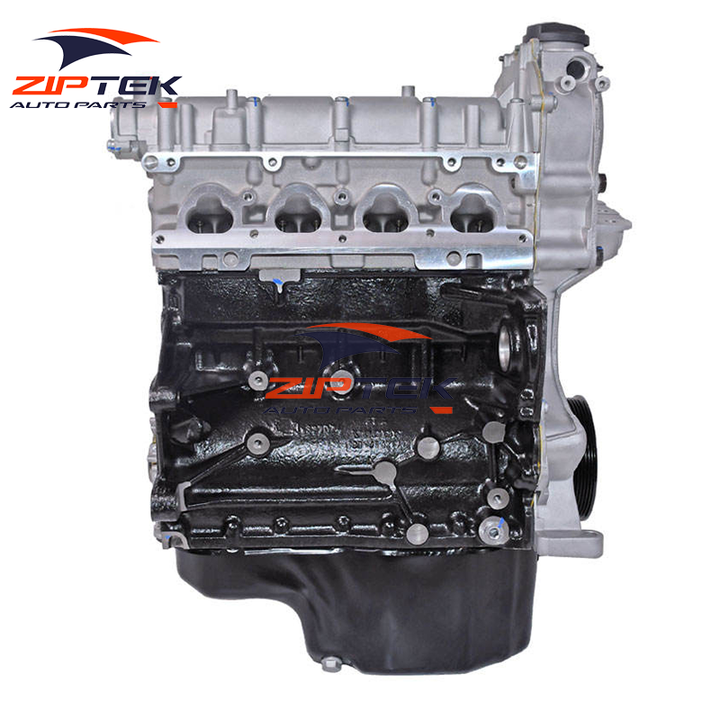Ensure peak efficiency with a properly functioning clp engine.
Ensure peak efficiency with a properly functioning clp engine.
Blog Article
Just How a Clp Engine Can Improve Efficiency in Different Industries
The introduction of CLP engines notes a significant change in operational effectiveness across different industries, driven by their capacity to maximize gas consumption and reduce downtime. Industries such as manufacturing and logistics stand to gain considerably from their robust layout and consistent power outcome, which promise to improve operations and enhance efficiency. As organizations significantly prioritize sustainability alongside effectiveness, the function of CLP engines becomes much more essential. What remains to be seen is just how these advancements will form the future landscape of industrial procedures and their impact on wider financial fads (clp engine).
Introduction of CLP Engines
CLP engines, or Constant Liquid Propellant engines, represent a significant development in propulsion modern technology, specifically for space applications. These engines utilize a continuous feed system that enables for the continual expulsion of propellant, causing boosted performance and efficiency contrasted to conventional strong or hybrid propulsion systems. By maintaining a consistent circulation of fluid propellant, CLP engines can attain much more accurate thrust control, which is crucial for maneuvering spacecraft in numerous goal circumstances.
The design of CLP engines integrates sophisticated materials and ingenious fuel management systems. clp engine. This causes lowered weight and increased integrity, vital factors for long-duration room missions. In addition, the continual procedure lessens the risk of burning instability, a common difficulty in conventional rocket engines.

Advantages in Production
The production of Constant Liquid Propellant (CLP) engines presents several remarkable advantages that boost both efficiency and cost-effectiveness. One of the primary advantages is the structured manufacturing process, which decreases the complexity connected with typical propulsion systems. By using liquid propellant, producers can achieve greater accuracy in engine performance, causing enhanced power result and minimized waste.
Furthermore, CLP engines facilitate a greater level of modularity, enabling for simpler integration right into different production lines. This versatility can substantially lower preparations and improve overall functional versatility. The use of CLP technology additionally often tends to decrease the requirement for comprehensive upkeep because of fewer relocating parts, which converts into reduced downtime and functional costs.

Applications in Logistics
Leveraging Continual Liquid Propellant (CLP) engines in logistics uses significant advantages in operational efficiency and dependability. These engines offer a robust service for different transportation demands, enabling the seamless activity of items throughout substantial ranges. The integral layout of CLP engines enables for constant power outcome, which translates right linked here into smoother and more foreseeable transport schedules.
Among the vital applications of CLP engines in logistics remains in durable freight transportation, where they can drive both ground and airborne cars. Their capacity to keep high efficiency under varying load problems makes certain that shipment timelines are satisfied, thus improving client fulfillment. Furthermore, CLP engines can be integrated right into automated logistics systems, promoting real-time tracking and optimizing course planning.
Moreover, the toughness of CLP engines decreases maintenance downtime, permitting logistics business to maximize their functional capabilities. This is specifically helpful in warehousing operations, where performance in managing and transferring items is important. As logistics continues to evolve, the combination of CLP engines represents a forward-thinking technique that not only enhances performance however also sustains the market's growing needs for reliability and speed.
Impact on Power Performance
Exactly How do Continual Liquid Propellant (CLP) engines improve power effectiveness in navigate here transportation? CLP engines use a regular flow of liquid gas, optimizing combustion procedures and maintaining a steady drive output. This style minimizes energy losses related to conventional burning engines, where gas shipment can differ and lead to ineffectiveness.
The continual operation of CLP engines enables an extra effective thermal cycle, leading to greater particular impulse contrasted to conventional engines. clp engine. This translates to decreased gas intake for the very same amount of job done, considerably reducing functional prices throughout various transportation industries, consisting of aeronautics and maritime sectors
Moreover, the capacity of CLP engines to maintain ideal performance under varying load conditions minimizes the demand for constant velocity and slowdown, further enhancing fuel effectiveness. Enhanced energy effectiveness not only contributes to cost savings however likewise causes reduce greenhouse gas emissions, lining up with global sustainability goals.
Future Trends and Innovations
Arising improvements in Continual Liquid Propellant (CLP) engine modern technology assurance to change the landscape of transportation efficiency and more sustainability. As sectors pivot toward greener alternatives, CLP engines stand at the leading edge, incorporating cutting-edge products and layout approaches that improve performance while decreasing ecological influence.
One of one of the most encouraging patterns is the adoption of crossbreed systems that combine CLP engines with eco-friendly power sources. This synergy can enhance fuel consumption and reduce emissions, aligning with international sustainability goals. Furthermore, advancements in computational liquid dynamics (CFD) are promoting the design of more aerodynamically efficient engines, leading to minimized drag and boosted fuel performance.
Moreover, the advancement of clever monitoring systems is readied to enhance operational efficiencies. These systems take advantage of data analytics and IoT modern technology to maximize engine efficiency in real-time, making sure that the engines operate within their most reliable parameters.
As research remains to explore different propellant formulas-- such as biofuels and synthetic gas-- the future of CLP engines looks appealing. By using these advancements, industries can not only enhance their efficiency however likewise add considerably to a cleaner, more lasting future in transport.
Verdict
Finally, CLP engines stand for a significant development in effectiveness throughout numerous industries. Their capability to enhance gas consumption and decrease operational expenses, incorporated with a continual feed system, enhances power output and operational dependability. The assimilation of innovative materials and fewer moving parts minimizes maintenance needs, while positioning with sustainability goals placements CLP engines as a crucial innovation for the future. Continued technology in this area promises further enhancements in efficiency and environmental performance.
Report this page